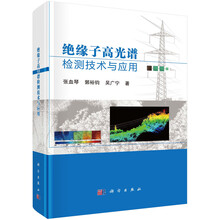Canbing Li、Yijia Cao、Yonghong Kuang、Bin Zhou编写的《电动汽车对电力系统的影响与V2G关键技术》讲述了:This book analyzes the influence of electric vehicles on microclimate and the indirect influence on power load from a unique perspective. It discusses different aspects of Vehicle-to-grid (V2G) technology, including large and small-scale charging infrastructures, and describes the effect on electricity price, voltage, frequency and other key V2G technologies. It introduces various aspects of the influence of electric vehicles on the power grids and the control strategies for achieving economic, safe and steady grid operation using V2G technologies. This book is suitable for senior undergraduates and postgraduates majoring in electrical, transportation, or environmental engineering,as well as other related professionals.
展开










